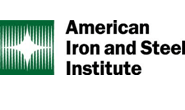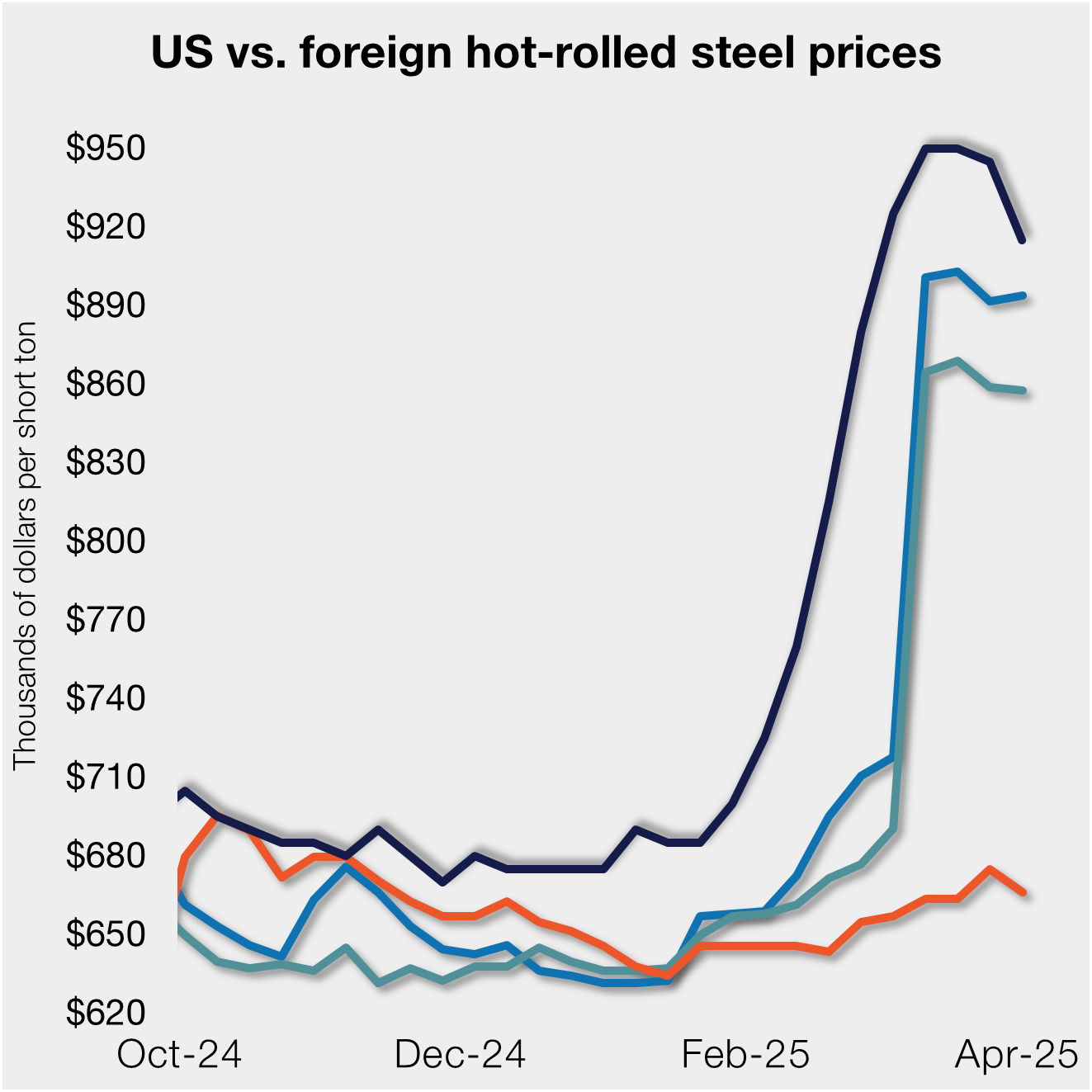Steel Products
Excess Capacity to Dampen Steel Industry for Another Year – Ernst & Young
Written by Sandy Williams
January 25, 2013
Written by: Sandy Williams
Too many mills and too little demand portend a poor year for the steel industry according to the latest Ernst & Young Global Steel Report.
The biggest threat to the steel industry is excess capacity, not excess production, according to Mike Elliott, Ernst & Young Global Mining and Metals Leader. Although demand increased slightly in 2012 and some older steel facilities were removed from the market, the continued growth of facilities, especially in developing economies, has pushed capacity levels higher than 12 months ago.
In an interview with “The World Today”, Elliot called old and outdated mills “zombie mills.”
“Some of the zombie mills are those which really commercially should be shut but, in many places around the world, continued government subsidies, direct and indirect, are actually keeping them as part of capacity when really on a commercial basis they would have been logically shut,” he said.
Ernst and Young predict, “Global steelmaking capacity will continue to exceed demand growth in 2013 with excess capacity of 479 million tonnes forecast. As a result, capacity utilization is expected to remain below 80 percent in 2013 to limit the amount of excess supply in the market. Margins will continue to be tight into 2013 as steel prices will remain flat and costs are unlikely to decrease significantly in 2013. From 2014, the demand outlook will improve modestly resulting in modest increases in capacity utilization and steel prices.”
Ernst and Young say the China steel sector struggled in 2012 with lower steel demand, overcapacity, a fragmented industry and weak profit margins. The Chinese government is planning to consolidate the steel industry to control capacity expansion. To do so, it will increase the share of its top ten steel manufactures from 48 percent in 2010 to 60 percent in 2015—a move that is intended to achieve economies of scale, energy efficiency and better bargaining power for raw materials. Ernst and Young say consolidation will be a positive move for the global economy, solving overcapacity through greater competiveness and production discipline.
Ernst and Young predict oversupply in China will likely persist in 2013 with prices remaining low due to sluggish demand.

Sandy Williams
Read more from Sandy WilliamsLatest in Steel Products

Don’t miss next week’s Community Chat with Algoma Steel CEO Michael Garcia
Algoma Steel CEO Michael Garcia will be the featured guest on SMU’s Community Chat webinar on Wednesday, April 9, at 11 a.m. ET. Register here for free to join the timely conversation. As a key Canadian flat-rolled steel producer and supplier to the US, Algoma can offer valuable insight into the evolving tariff landscape — its challenges […]

AISI: US steel shipments decline in February
Domestic steel shipments decreased month over month and year on year in February, according to the latest data from the American Iron and Steel Institute (AISI).

US, offshore HRC prices differ widely on tariff situation
Domestic hot-rolled (HR) coil prices declined this week, a trend again reflected in most offshore markets. Despite similarities, the shifting tariff landscape has made for a wild ride in Q1.

Atlas Tube debuts ‘HSS Connections Hub’
Atlas Tube, part of Zekelman Industries, has introduced an engineering resource aimed at simplifying Hollow Structural Sections (HSS) connection design for structural engineers and fabricators.

Nucor keeps HRC price unchanged
Nucor paused its weekly hot-rolled (HR) coil price this week, keeping it flat for the first time since Jan. 21. This comes after a nine-week rally that saw the company increase prices by double-digits for eight of those weeks.
